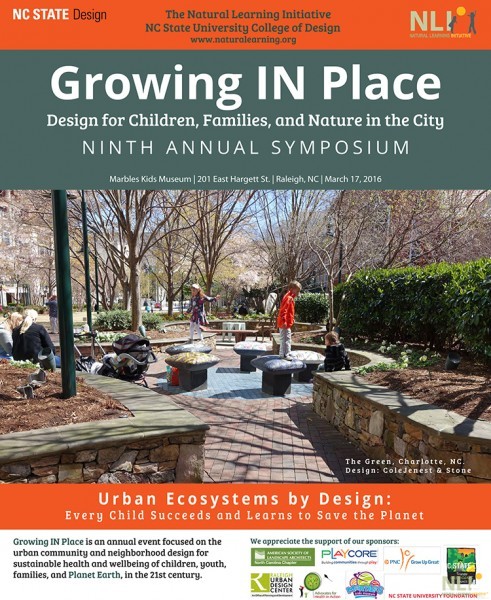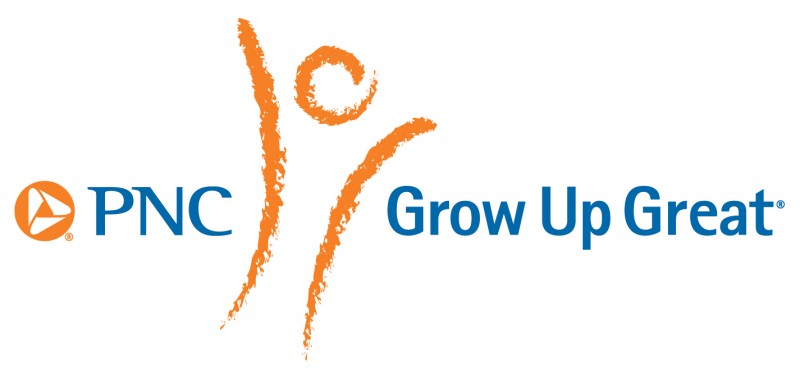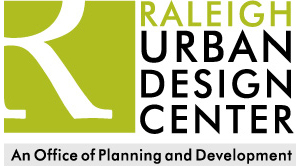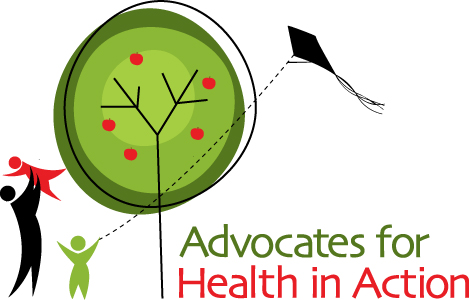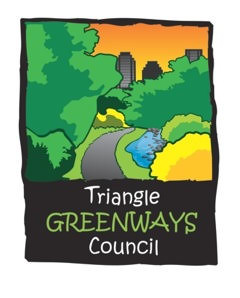Growing IN Place Symposium 2016
Design for Children, Families, and Nature in the City
Urban Ecosystems by Design: Every Child Succeeds and Learns to Save the Planet
Program
Children are born curious and they need to engage with diverse living surroundings to keep inquiring minds alive, to grow up passionate about nature, to benefit from nature’s positive health offerings.
Passage of the Every Student Succeeds Act with an emphasis on STEM and inclusion of environmental education and environmental literacy, opens the door to rethinking the design of the urban public realm as an educational resource — as a learning system close at hand, to inspire young people towards an environmental ethic.
Growing IN Place 2016 addresses planning and design policies that support the environmental education needs of young citizens and family members. Young people need networks of attractive, walkable/bikeable routes connecting homes to the places where learning through nature can happen: schools, parks, community gardens, and cultural institutions — places that can be designed to help young people see themselves as part of urban ecosystems.
Growing IN Place 2016 is framed for an audience including public/private sector practitioners, landscape architects, architects, planners, parks and recreation professionals, nonformal educators, and elected officials. We need to work together to create urban ecosystems that support children’s natural curiosity and learning.
Growing IN Place is an annual convening focused on the urban community and neighborhood design for sustainable health and wellbeing of children, youth, and families, and Planet Earth, in the 21st century.
Speakers
 Robin Moore, Dipl. Arch, MCP, Hon. ASLA, Director, Natural Learning Initiative, Raleigh, NC, Designing Cities for Families, Natural Learning, and Ecosystem Health.
Robin Moore, Dipl. Arch, MCP, Hon. ASLA, Director, Natural Learning Initiative, Raleigh, NC, Designing Cities for Families, Natural Learning, and Ecosystem Health.
In an urbanizing world, cities and suburbs are the sources of experiential life of the majority of communities — including the young. Designers, planners, and elected officials have an unavoidable responsibility to ensure children and families experience the wonders of nature and its processes every day, year round. To implement this trans-disciplinary intention, public policy requires collaboration across multiple sectors of government, urban development, and nonprofit enterprise.
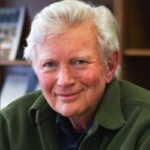 Peter Gray, PhD, Research Professor, Department of Psychology, Boston College and author, Free to Learn, Chestnut Hill, MA, Play deficit disorder: A national problem, and the role of cities in remedying the problem.
Peter Gray, PhD, Research Professor, Department of Psychology, Boston College and author, Free to Learn, Chestnut Hill, MA, Play deficit disorder: A national problem, and the role of cities in remedying the problem.
Research has revealed a dramatic decline in children’s free play — especially their free, outdoor play — over the past several decades. This decline has been accompanied by dramatic increases in childhood depression and anxiety and declines in creativity and social skills. I will present evidence that the loss of free play is a, if not the major cause of these deleterious effects on children’s wellbeing. Urban design should be aimed at restoring children’s opportunities for outdoor play.
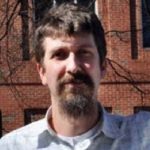 Steve Frank, PhD, Associate Professor & Extension Specialist, Department of Entomology, College of Agriculture and Life Sciences, NC State University, Raleigh, NC, Urban Trees: Managing the Urban Forest as an Experiential Ecosystem.
Steve Frank, PhD, Associate Professor & Extension Specialist, Department of Entomology, College of Agriculture and Life Sciences, NC State University, Raleigh, NC, Urban Trees: Managing the Urban Forest as an Experiential Ecosystem.
Urban warming and other stresses are increasing pest infestations in urban trees, which reduce tree health and the services they provide. A key to tree survival and health is planting the right tree in the right place. How can planners, designers, and planters evaluate locations and improve tree selection in the places of maximum learning, education, and enjoyment of children and families?
 Judy Braus, MA, Executive Director, North American Association for Environmental Education (NAAEE), Washington, DC, Advancing Environmental Literacy in an Increasingly Urban World.* (lecture video not given for online use)
Judy Braus, MA, Executive Director, North American Association for Environmental Education (NAAEE), Washington, DC, Advancing Environmental Literacy in an Increasingly Urban World.* (lecture video not given for online use)
With more than 80 percent of people in the United States living in urban and suburban areas, how is environmental education adapting and working to connect more people to nature and create a more sustainable future? The North American Association for Environmental Education (NAAEE) supports educators working in urban communities, through policy, professional development, technology, research, and more. Find out about exciting new initiatives and stories as we dig into the future of urban EE.
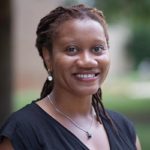 DeAnna Beasley, PhD, Postdoctoral Scholar, the Rob Dunn Lab, Department of Biological Sciences, College of Sciences, NC State University, Raleigh, NC, What Ants, Stomachs, and Classrooms Teach Us About How to Design Healthy Environments.* (lecture video not given for online use)
DeAnna Beasley, PhD, Postdoctoral Scholar, the Rob Dunn Lab, Department of Biological Sciences, College of Sciences, NC State University, Raleigh, NC, What Ants, Stomachs, and Classrooms Teach Us About How to Design Healthy Environments.* (lecture video not given for online use)
Ecology helps us understand how organisms interact with each other and the host environment’s role in organismal response to change. Insights from insect-microbial interactions have broadened our understanding of how hosts manage their microbes and how microbes in turn influence host health and function. How can ant fungus farming, human stomachs and diet, and classroom design help children and families understand the urban ecosystem’s influence on human health?
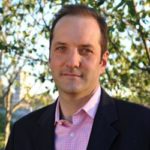 Matthew Urbanski, PLA, Principal, Michael Van Valkenburgh and Associates (MVVA), Cambridge, MA, Landscape as the Engine of the Livable, Healthy City.
Matthew Urbanski, PLA, Principal, Michael Van Valkenburgh and Associates (MVVA), Cambridge, MA, Landscape as the Engine of the Livable, Healthy City.
An active public realm, experienced as inclusive urban parks, strong landscape connections, and robust natural environments, is increasingly recognized as an essential part of a city’s livability and health. For many years, MVVA has been helping cities reclaim marginal places and transform underperforming spaces into thriving, healthy urban environments that support relaxation, socializing, and play for people of all ages and backgrounds.
 Emlyn Koster, PhD, Director, and Charles Yelton, MEM – Regional Network Chief, N.C. Museum of Natural Sciences, Raleigh, NC, Citizen Science: Connecting with Nature for a Better World.
Emlyn Koster, PhD, Director, and Charles Yelton, MEM – Regional Network Chief, N.C. Museum of Natural Sciences, Raleigh, NC, Citizen Science: Connecting with Nature for a Better World.
A child’s instinctual fascination with the natural world is ideally nourished by outdoor experiences in family life, at school, and through community resources. A rising conscience in the Anthropocene to manage human and environmental affairs in a sustainable manner has led to a need to empower the public to take action. Citizen science, the growing movement to engage the public in scientific research, offers a unique way for individuals of all ages and backgrounds to be involved in the myriad of science and science-related questions prompted by our urbanizing environment. Research and education institutions, such as the NC Museum of Natural Sciences (NCMNS), can engage citizen scientists using onsite, offsite, outdoor, and online programs. NCMNS and NC State University are co-hosting the Citizen Science Association, February 23-25, 2017.
What policy actions are required to create viable urban eco-learning systems?
Speaker panel-audience discussion. Facilitated by Robin Moore

